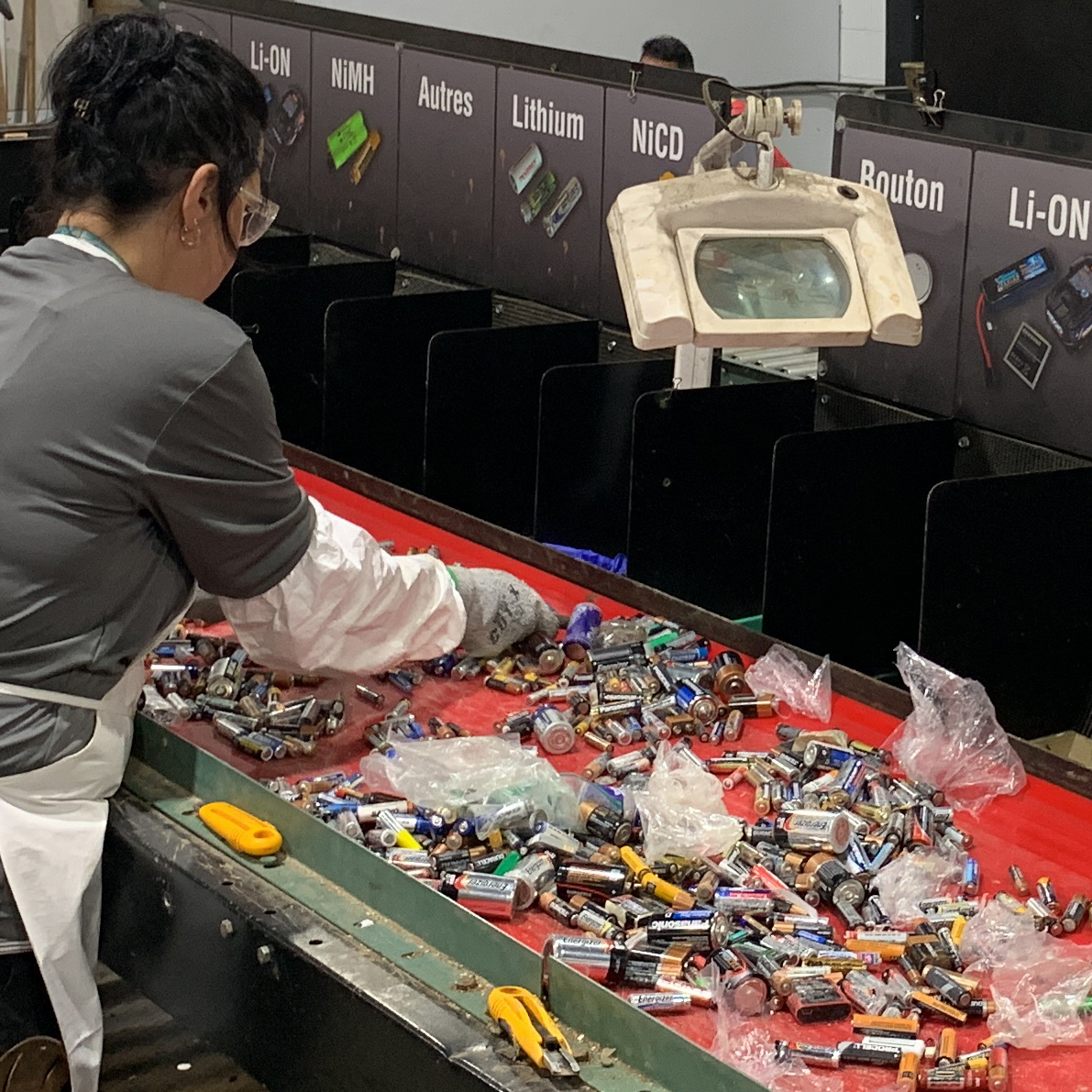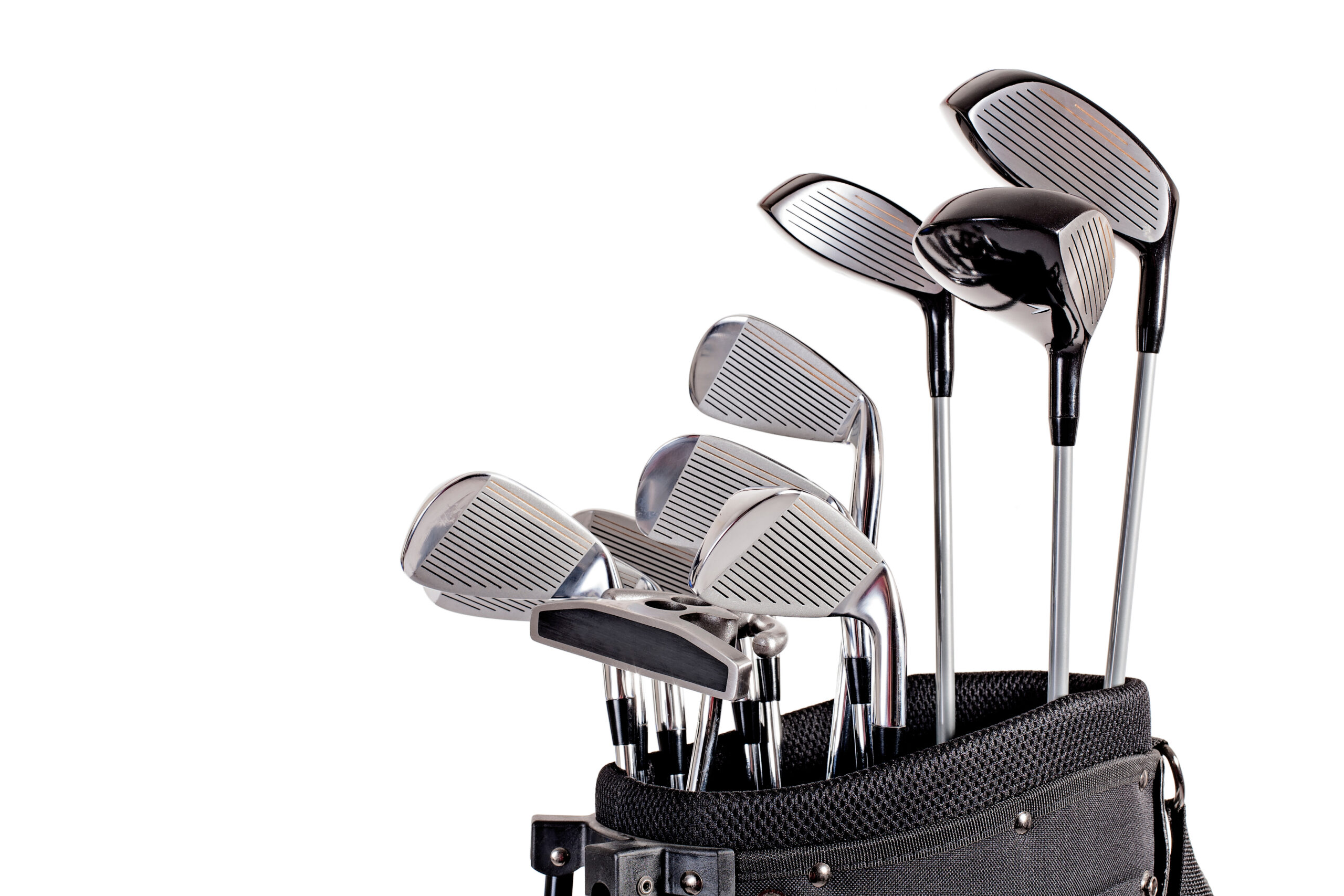
What happens to batteries?
What happens when batteries lose their charge? Each year millions of batteries end up in landfills, where toxic metals could harm our environment.
Recycle Your Batteries, Canada! provides a different journey.
What does the battery recycling journey look like?

Collect, protect, and drop off your used batteries
You can find a battery collection box at nearly 15,000 Recycle Your Batteries, Canada! drop-off locations across Canada, including leading retailers and recycling depots.

Battery transporting and sorting
Collected batteries are transported to consolidation centres, where they are sorted based on weight and battery type and sent to the recycling plant for processing.

Battery processing
Processors at the recycling plant extract chemicals and metals to be used in the manufacture of new products, contributing to a healthy circular economy.
Battery Types & Their Second Life

Rechargeable Batteries
Nickel (Ni)
Used Ni-Cd, Ni-MH and Ni-Zn batteries can be recycled into new products such as silverware, pots & pans, golf clubs and even new batteries.

Rechargeable Batteries
Lithium (Li)
Used Li-Ion rechargeable batteries can be recycled into steel, stainless steel and new batteries.

Rechargeable Batteries
Lead (SSLA/Pb)
Used SSLA/Pb batteries can be recycled into new Pb-based batteries.

Single-Use Batteries
Alkaline
Used alkaline batteries can be recycled into steel and new products such as sunscreen and concrete aggregate.

Single-Use Batteries
Lithium Primary
Used Li-based primary batteries can be recycled into new products such as silverware, stainless steel, golf clubs and new batteries.
The Battery Recycling Process
How to collect,
protect, and
drop off your
batteries.
Watch the Video
1:00 min.







